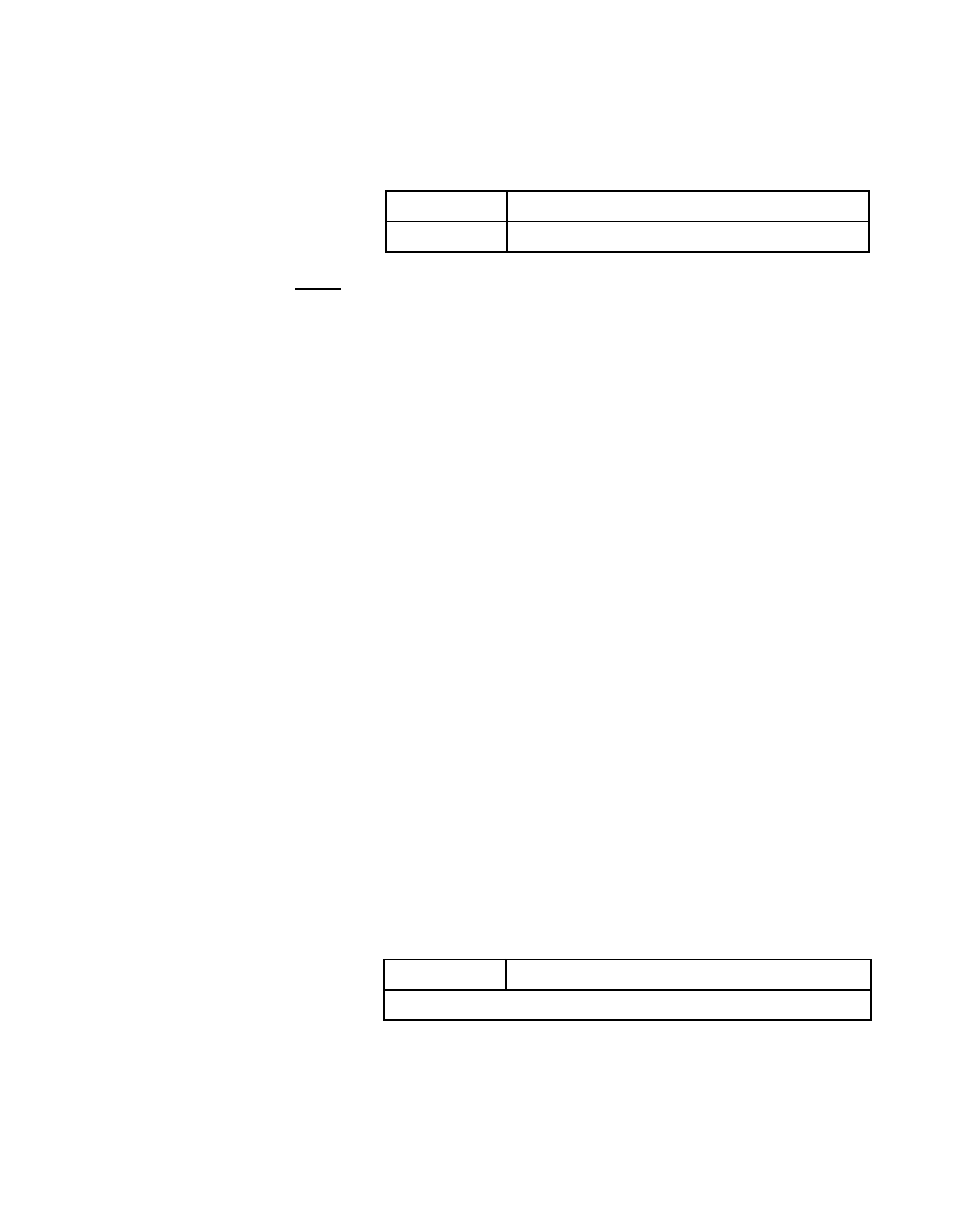Avago Technologies LSI53C1000R User Manual
Page 249

Block Move Instructions
5-7
Version 2.2
Copyright © 2000–2003 by LSI Logic Corporation. All rights reserved.
generate the physical address that fetches values from
the data structure. Sign-extended values of all ones for
negative values are allowed, but bits [31:24] are ignored.
Note:
Using indirect and table indirect addressing simultaneously
is not permitted; use only one addressing method at a time.
Prior to the start of an I/O, load the
register with the base
address of the I/O data structure. Any address on a
Dword boundary is allowed.
After a Table Indirect opcode is fetched, the
is added to the 24-bit
signed offset value from the opcode to generate the
address of the required data; both positive and negative
offsets are allowed. A subsequent fetch from that address
brings the data values into the chip.
For a MOVE instruction, the 24-bit byte count is fetched
from system memory. Then the 32-bit physical address is
brought into the LSI53C1000R. Execution of the move
begins at this point.
SCRIPTS can directly execute operating system I/O data
structures, saving time at the beginning of an I/O
operation. The I/O data structure can begin on any Dword
boundary and may cross system segment boundaries.
There are two restrictions on the placement of pointer
data in system memory:
•
The eight bytes of data in the MOVE instruction must
be contiguous.
•
Indirect data fetches are not available during
execution of a Memory-to-Memory DMA operation.
Command
Not Used
Don’t Care
Table Offset
00
Byte Count
Physical Data Address
